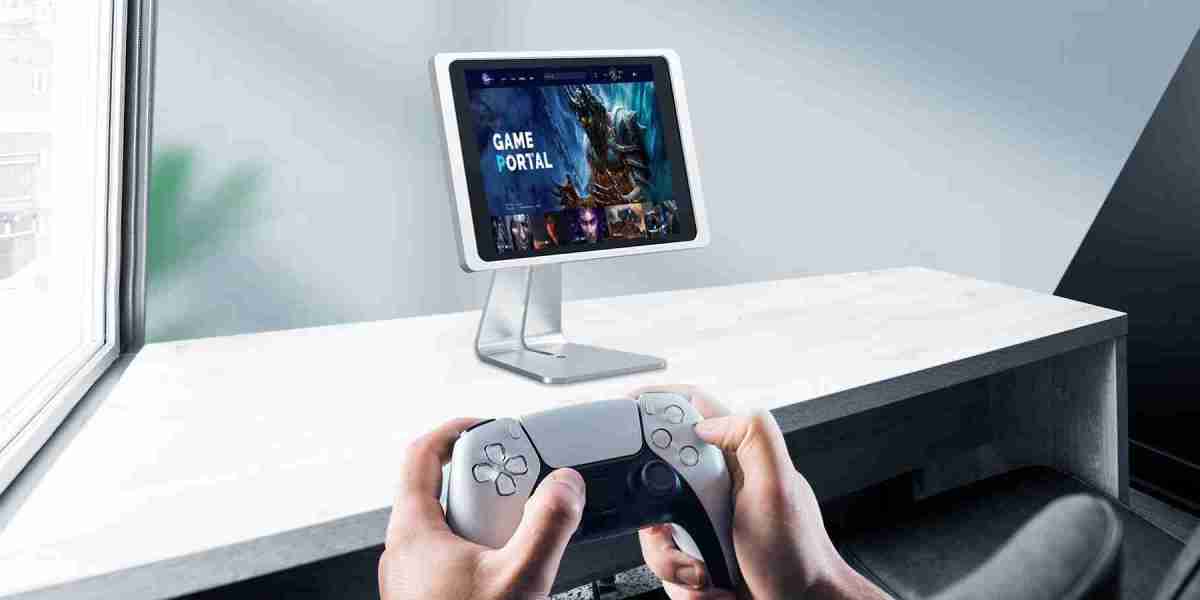Locks, with their intricate mechanisms and symbolic significance, have long played a crucial role in safeguarding valuables, protecting privacy, and preserving secrets. From the humble padlock securing a bicycle to the elaborate combination locks guarding bank vaults, locks come in a variety of shapes and sizes, each one a testament to the ingenuity and craftsmanship of their makers. In this article, we delve into the fascinating world of locks, exploring their history, functionality, and enduring relevance in an ever-changing world.
A Brief History of Locks: From Ancient Origins to Modern Innovations
The history of locks can be traced back thousands of years to ancient civilizations such as Egypt, Mesopotamia, and China, where rudimentary locking mechanisms were used to secure doors, chests, and tombs. Early locks were often simple wooden or metal devices consisting of a bolt or latch that could be manipulated with a key or other tool.
Over time, locks evolved in complexity and sophistication, with advances in metallurgy, engineering, and craftsmanship leading to the development of more secure and reliable locking mechanisms. In medieval Europe, for example, locksmiths perfected the art of crafting intricate pin-tumbler locks, which remain the basis for many modern lock designs.
The Anatomy of a Lock: Components and Mechanisms
At its most basic level, a lock consists of several key components, including a locking mechanism, a bolt or latch, and a keyhole or keyway for inserting the key. The locking mechanism may vary depending on the type of lock, with common mechanisms including pin-tumbler, wafer-tumbler, and disc-detainer designs.
In a pin-tumbler lock, for example, the key is inserted into the keyway, pushing a series of pins of varying lengths into alignment within the lock cylinder. When all the pins are aligned at the shear line, the lock can be turned, allowing the bolt to retract and the lock to be opened. Other types of locks, such as combination locks and electronic locks, operate on different principles but serve the same basic function of securing an entryway or container.
Security and Protection: The Role of Locks in Society
Locks play a crucial role in maintaining security and order in society, serving as barriers against theft, intrusion, and unauthorized access. From the locks on our homes and vehicles to the locks on our safes and filing cabinets, these devices provide peace of mind and assurance that our belongings are safe and secure.
Moreover, locks are also symbols of trust and privacy, allowing individuals to control access to their personal spaces and possessions. Whether it's a door lock that keeps out unwanted visitors or a padlock that secures a cherished keepsake, locks serve as guardians of our most precious belongings and secrets.
Innovation and Adaptation: The Future of Locks
As technology continues to evolve, so too do the mechanisms and designs of locks, with new innovations and advancements driving improvements in security and functionality. Electronic locks, for example, offer keyless entry and remote access capabilities, allowing users to control their locks via smartphone apps or voice commands.
Similarly, biometric locks, which use fingerprint, iris, or facial recognition technology to verify identity, offer an extra layer of security and convenience in certain applications. These cutting-edge locks are reshaping the landscape of security and access control, offering solutions that are both efficient and user-friendly.
Conclusion: Unlocking the Potential of Locks
In conclusion, locks are more than just mechanical devices – they are symbols of security, trust, and protection that have played a vital role in human society for millennia. From their ancient origins to their modern-day innovations, locks continue to evolve and adapt to meet the changing needs and challenges of an ever-changing world.
As we continue to rely on locks to safeguard our possessions and preserve our privacy, let us not forget the ingenuity and craftsmanship that goes into their design and manufacture. Whether it's the click of a key turning in a lock or the beep of an electronic lock disengaging, the act of unlocking a door or container is a powerful reminder of the security and peace of mind that locks provide in our daily lives.







